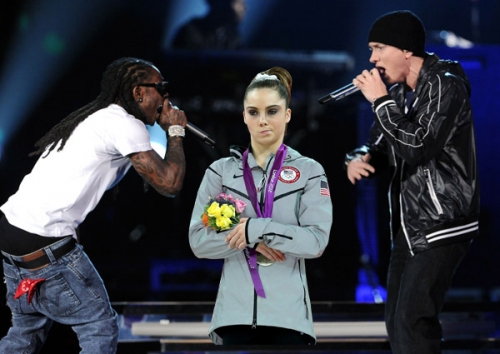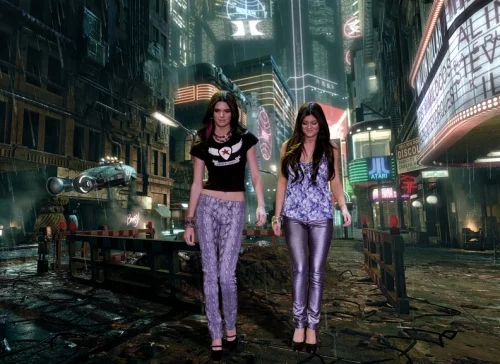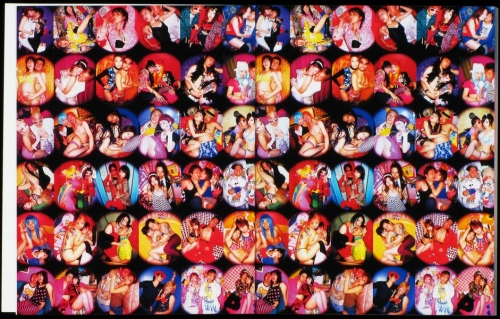Ben Marcus, writing in the New Statesman, proposes the idea that the new fascination with apocalyptic fiction is partially in response to a need to raise the stakes of American drama after 9/11. Apocalyptic fiction is a playground realist writers can now traipse through because such fears and expectations are no longer considered mere fantasy. Marcus writes: “Nothing of the 9/11 attacks even remotely suggested an apocalypse but they certainly helped expose the troubling fiction of our immortality. Which might mean that fictions of our end times are now, through bad luck or comeuppance, however you wish to view it, among the truest and most realistic stories that we can tell.”
To begin with a small, but important, clarification: I do not intend here to suggest how or what novelists should write about. Novelists are under no obligation to anyone for how or what they write. I am interested only in examining further Marcus’ observation of the historical and psychological conditions in America post 9/11 that some novelists and readers might be responding to. I agree with Marcus when he says “If this is a new development, it is worth considering why the end of the world is poised to join the suburbs and bad marriages as a distinctly American literary fascination.”
A question that comes up for me is to what degree end times fiction is a reconciliation with the present (coming to terms with what American life is now), and to what degree it foretells our larger attitudes about the future. If we’re willing to consider the notion that some psychological need is being fulfilled – at least tapped – through literary means, I think it’s interesting to look at the difference between this new end times phenomenon and Cold War paranoia. In the Cold War, dropping the atom bomb always remained a threat. After the Cold War was over, school children huddling beneath their desks and families cowering underground in bomb shelters seemed like an overreaction. We most definitely understood the terms of the engagement during the Cold War – we knew the nature of the conflict and could identify the enemy. Even if the Commie was infiltrating your neighborhood, there was still a very clear sense of that Commie’s motivation. Then think of Orwell, Huxley, Bradbury (not all American writers but surely read widely by Americans) warning us of what society might become if we’re not careful. Those writers were responding to the changes and possibilities that were apparent in their time, all focused on the implications of larger societal structures and all very much imbedded with a sense of democratic responsibility.
In the decade leading up to 9/11 major events were the very swift Gulf War, Rodney King and the LA Riots, Bill Clinton spilling on a dress. America was not living in fear – uncertain or otherwise – at the time. The 1990s top seller lists were riddled with Steven King, Michael Crichton, and Tom Clancy. Regardless of where ‘serious’ lies on their list of priorities, King, Crichton and Clancy were all writing to thrill. This new insurgence of serious, literary writers tackling end times is likely due to the observation that we are more willing to take such things more seriously. Now, the subjects of thrillers are not solely relegated to fantasy. What is new is our sense of the reality of such fears. For the most part, the general public had no real or accurate conception of who was responsible for 9/11 or why America was attacked. The nature of this new threat remains slippery, intricate, complicated – elusively grand. We now fear everything. It’s also partly our fault, but there’s a sense that it’s too late to fix it. The new end times fiction isn’t about precaution, it’s the aftermath. These tales are post-culture, post-society.
If we don’t have a clear sense of ‘the enemy,’ we also don’t have a very clear sense of ourselves. To be American now seems to mean to be privileged, ignorant, shitty. Self-interested to a harmful degree, at every level of interaction. The freedom we hold dear to be the freedom to make and spend money. America contains much more than that but American identity is now so often talked about in such imprecise ways by people trying to sell something that it’s hard for someone not trying to sell something to join the conversation. Or at least be heard among all the noise. Marcus points out that the American suburban drama can now seem indulgent, irresponsible – how smug and lucky we are to pout over our incredibly safe, decadent, awesome lives: “To call the novel irrelevant because it couldn’t top 9/11 – that seemed strange, a botched diagnosis. But it did not prevent a shame from settling over writers who favoured domestic literary subject matter that could very well be deemed minor.” No serious, deep consideration of any subject should be considered minor, but there is now a compulsion to raise the stakes. I think it’s quite valuable to consider the new end times fiction as being a response to that. The levels of perceived and potential devastation have been turned up a notch or two.
I think it should also be noted that much of the current end times fiction is still largely domestic: in Marcus’ The Flame Alphabet and McCarthy’s The Road the protagonists are both fathers whose concerns are still centered on family. Family is, after all, what we have left (hopefully) once every other structure has collapsed. And American fiction does have a quite excellent tradition of rugged individualists. The drama of the end times is no doubt reassuring in that most end times stories are to a great extent survival stories. Even if everyone dies at the end they do so heroically – they have proven great spirit, valor, and humanity in their fight and thereby given meaning to their existence. These stories are in some way telling us that we can indeed persevere – even after it’s all gone to shit – and do so with something like integrity. Or, if not integrity, we will at least learn something valuable about ourselves.
I have no doubt that apocalypse fiction, in addition to vampires and werewolves, will be around for quite a long time, but I also sense end times fiction will lose its newly celebrated appeal. Literary fiction isn’t often that popular – and I think the perceived ‘anomaly’ of serious fiction taking on genre characteristics actually helped literary fiction writers get more attention – and the American imagination, for writers and readers both, demands reinvention quite often. My question then is: what comes next? Will novelists continue to feel the need for high drama? Can we stop quibbling over the distinctions between high and low subject matter? What will now be the course of American fiction?
image: www.ep.tc

























 A Black Balloon Publication ©
A Black Balloon Publication ©